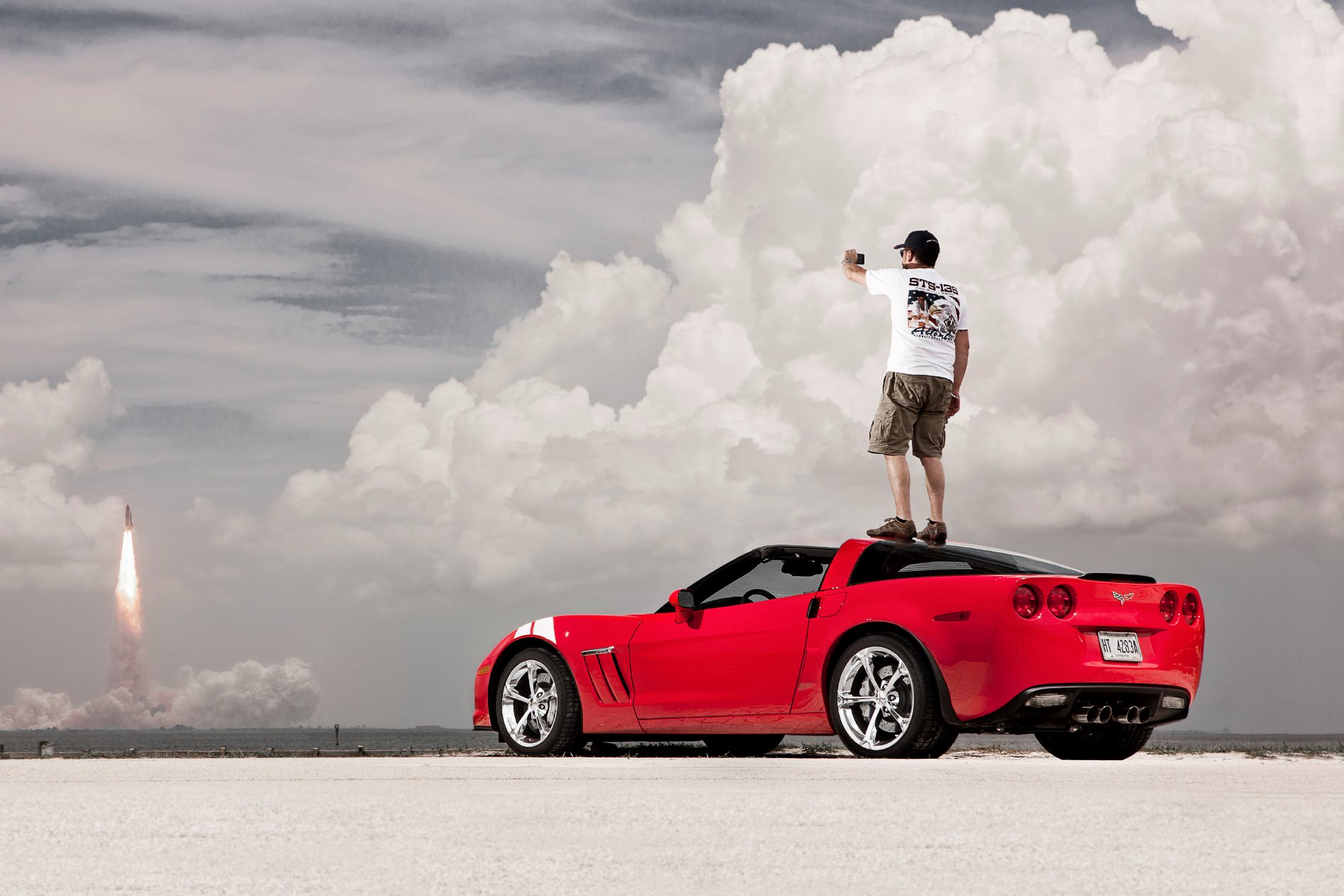IT’S OFTEN credited as revolutionary in ways it wasn’t – front-wheel drive and transverse engines had both been seen decades earlier – but the Morris Mini-Minor, aka Austin Seven and Austin 850, changed forever the template for small cars. It also enjoyed one of the longest production runs of any, in the company of fellow revolutionaries like the Citroen 2CV and Volkswagen Beetle.
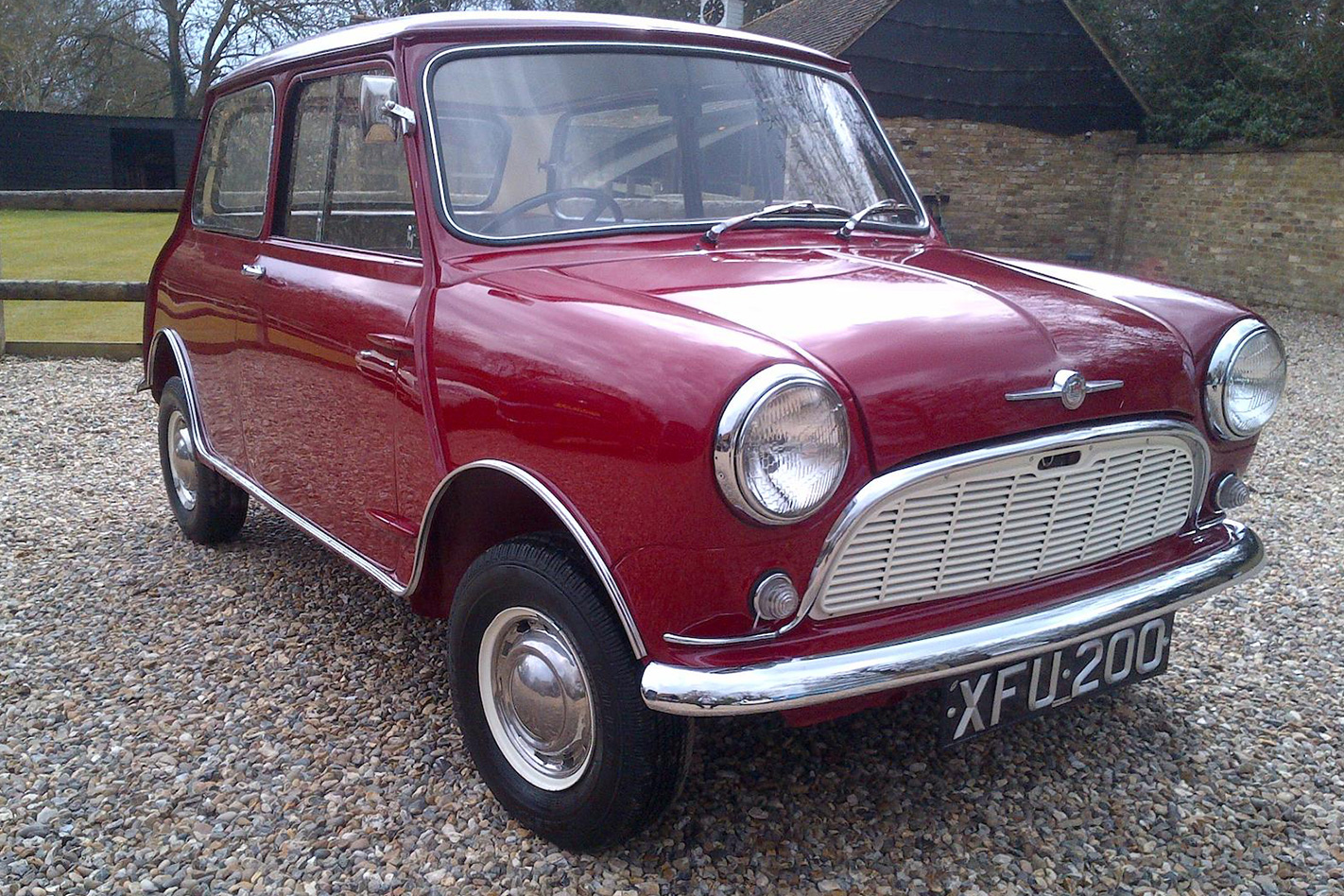
The accidental egalitarian Mini was beloved of poor families and pop stars alike. It began in response to the post-war popularity of affordable, European ‘bubble cars’. In 1955, Leonard Lord, president of British Motor Corporation (BMC), assembled engineer Alec Issigonis and inventor/engineer Alex Moulton and a small team to create a car within dimensions later given as 10 x 4 x 4 feet, and using BMC’s existing, 948cc four-cylinder ‘A-series’ engine.
Issigonis famously drew the first sketch for Austin Design Office Project 15 on a tablecloth.
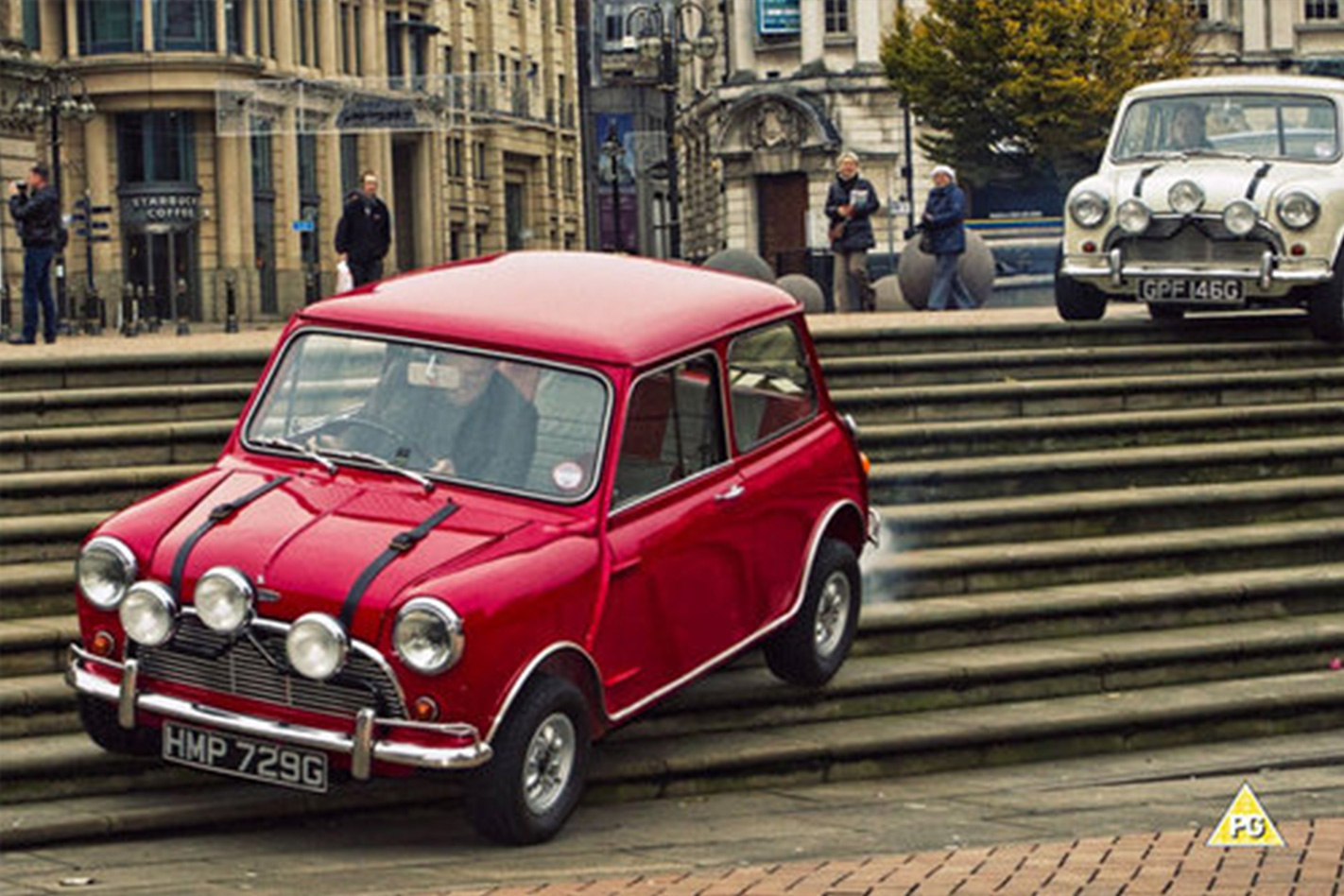
Two factors that would focus ADO 15’s development were the seizing of the Suez Canal by Egypt in 1956 and subsequent oil crisis, and the debuts of Fiat’s small, but proper four-seater 600 (1955) and Nuova 500 (1957).
ADO 15 created an astonishingly space-efficient package (though it did exceed Lord’s four-foot width and height spec.) At the front of the upright, two-box body, the engine sat transversely, or ‘east-west’. This was possible because the gearbox and diff were incorporated beneath, in the sump.
Developing an oil to be shared among engine, gearbox and differential was just one of many challenges.
Dr Alex Moulton contributed a suspension system of space-saving, hollow rubber ‘cones’. Coupled with tiny, 10-inch wheels and a shallow central floor tunnel, there was minimal intrusion into the cabin. Front and rear subframes were added when the unitary body proved inadequate to the suspension forces. Early testing prompted the engine’s de-stroking to a more ruly 848cc.
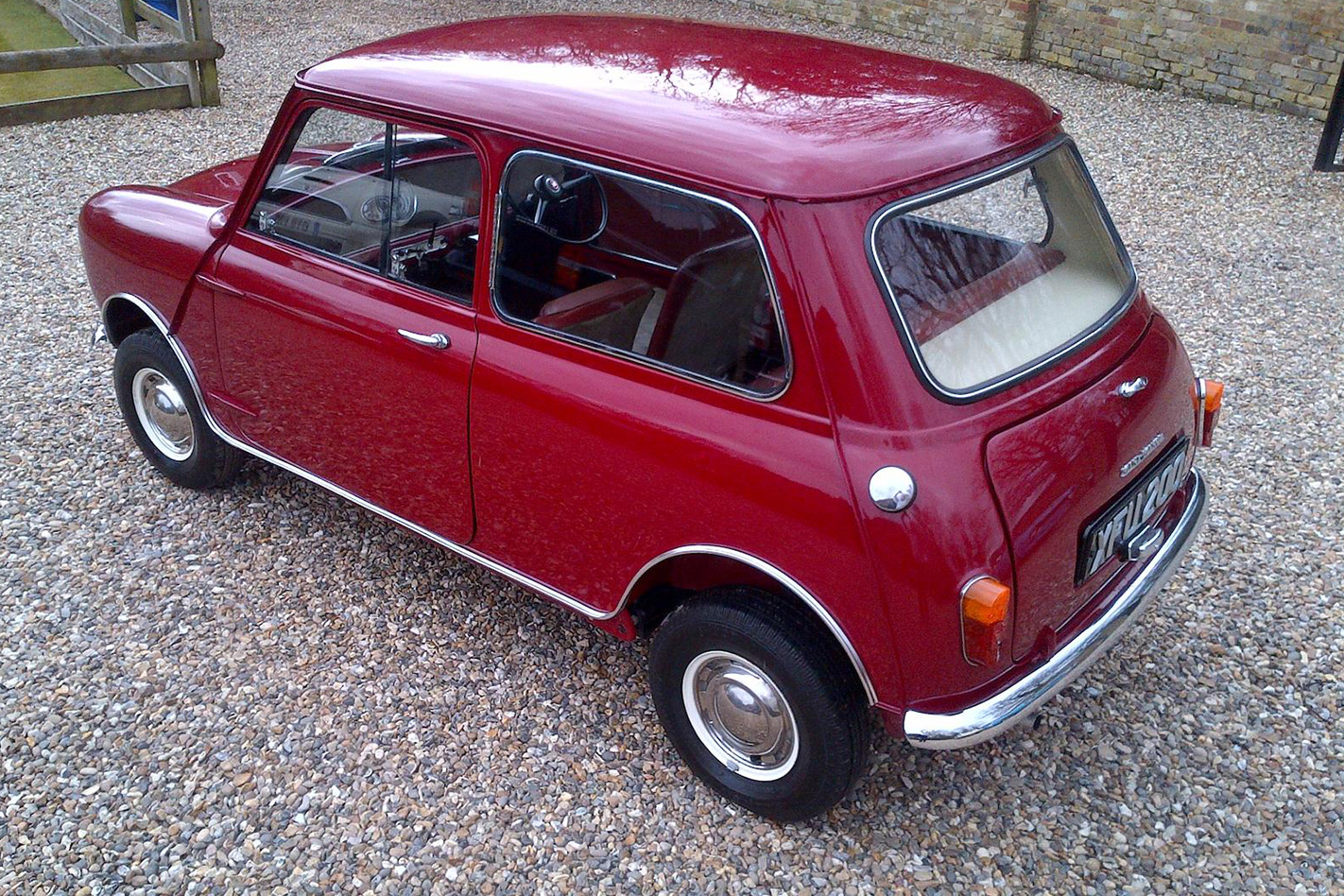
So, yeah – whatever became of the Mini? Er, from August 1959 to October 2000, just under 5.5 million were built – around 70 percent at Longbridge, but many also in Australia (1961-78). The giant-killing Cooper and Cooper S came in 1961 and ’63, respectively, and Mini was also made in wagon and van (1960) and pick-up (1961) and bizarre, booted ‘luxury’ Riley Elf and Wolseley Hornet (1962), and bare-bones, buckboard Moke (from 1964) destined to be biggest Down Under.
Trim, taut and terrific
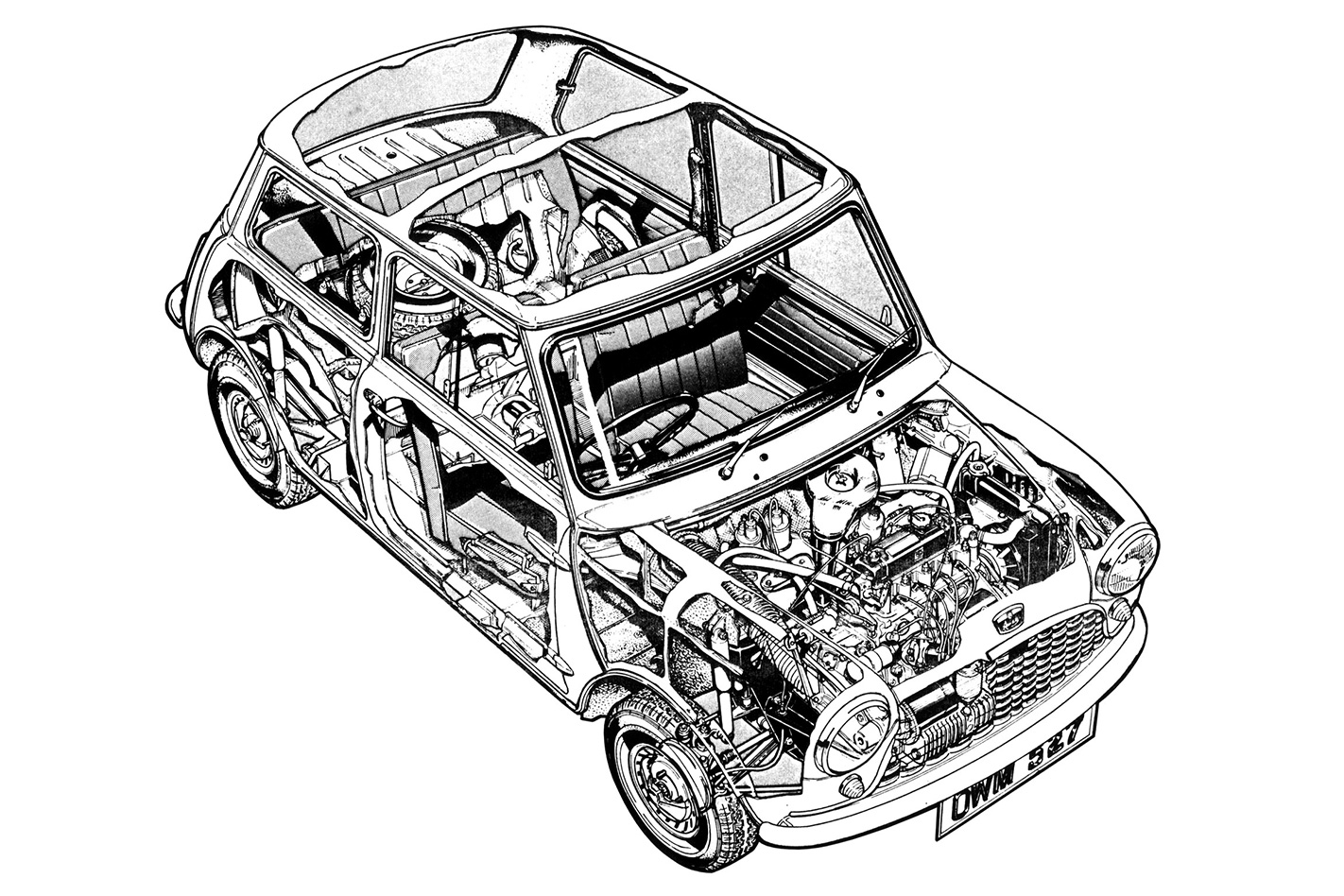
The Mini’s incredibly compact unitary body measured just 3055mm long by 1410mm wide by 1346mm tall and weighed just 626kg. Space efficiency drove the brilliant rubber cone suspension, essentially struts with control arms at the front and trailing arms at the rear, but with dome-shaped rubber ‘cones’ replacing steel springs. Rack-and-pinion steering helped mask the torque-steer effect of unequal-length driveshafts. Tiny 10-inch wheels enclosed four drums.
The space race

Mini was all about space, right down to its 10-inch wheels. Absence of transmission tunnel allowed passenger placement nearer the centreline, with large side bins for storage; these initially dictated sliding windows for the front doors. A central instrument pod created under-dash storage shelves either side. Early Australian Minis had more durable vinyl and stronger interior doorhandles than Brit cousins. Battery in the boot helped weight distribution.
A for antique
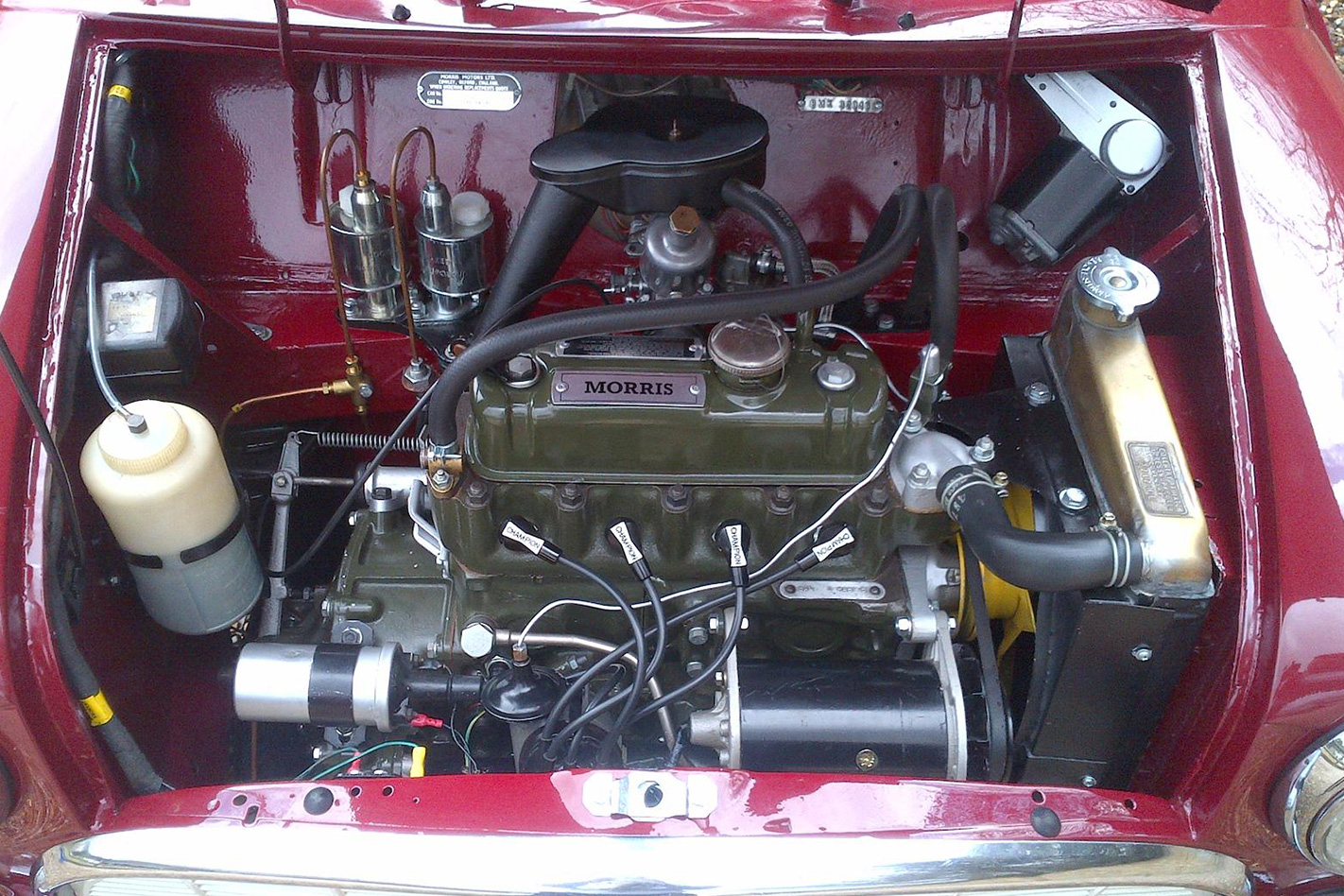
Mini’s magic lay in the four-speed gearbox mounted in the sump; a contemporary motorcycle innovation. The four-cylinder A-series dated from 1951’s Austin A30, with three main bearings and iron block and (non-crossflow ohv) head. Mini unit displaced 848cc; with single SU carb it gave 25kW at 5500rpm and 60Nm at 2900rpm. 0-60mph (97km/h), at 26.5 seconds, was still five seconds quicker than a Triumph Herald.





